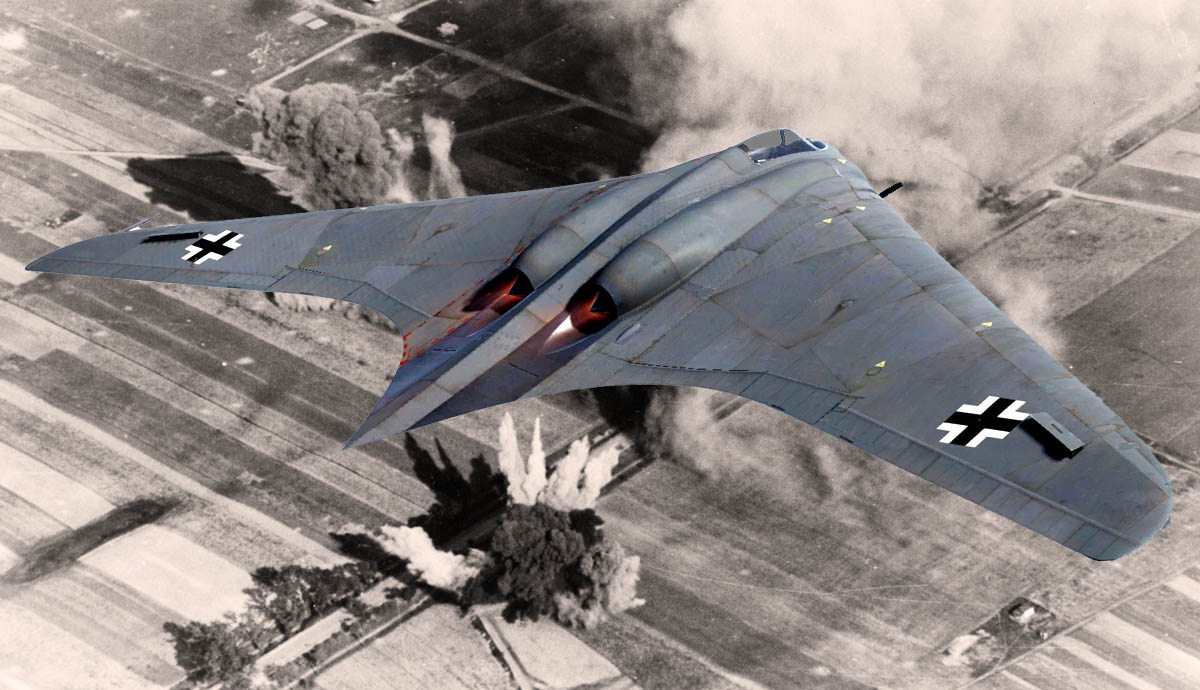Where This Rabbit Hole Started
Kept seeing the term “Wunderwaffe” popping up everywhere lately – books, online forums, even a podcast snippet – so decided to dig deeper into the real weird stuff, not just the famous V2 rockets everyone talks about. Wanted the bizarre, the desperate, the “what were they even thinking?” projects that got drawn up when things got tough for the Axis. Figured it was perfect for a deep dive.
Digging In the Archives (Digitally)
Started simple. Typed “strangest WW2 German weapons” into every search bar I knew. Scoured university digital archives, military history forums (the niche ones!), and even some declassified document snippets floating around. Man, what a rabbit hole.
First big surprise? The sheer volume of ideas. It felt like anyone with a half-baked thought about physics or animals could pitch some wild weapon concept straight to the top. Found myself sorting through documents for hours. Needed coffee. Lots of coffee.
The Utterly Bizarre Uncovered
Stumbled upon some gems that made me genuinely question reality:

- Project X-Ray: The Bat Bomb. Seriously? American plan! Stuff hibernating bats with tiny incendiary bombs, drop them over Japan from planes. Idea was they roost in wooden buildings… then boom. Read testimonies from pilots dropping bat cages – said it looked like bizarre confetti exploding mid-air. Many bats just died. Others flew off carrying explosives who-knows-where. Chaotic mess.
- Project Habbakuk: The Pykrete Aircraft Carrier. British concept. Needed unsinkable carriers. Solution? Mix wood pulp into water ice (“Pykrete”). Tested it. Saw footage – tried shooting it? Bullets just bounced off! Plans called for giants, over 2,000 feet long. Would have needed insane amounts of timber and steel skeletons beneath the ice. Where do you even park that thing when a sunny day hits? Crazy scale.
- The Nazi Vampir Infrared Scope. Found reports on experimental StG-44 rifles strapped with heavy, battery-powered scopes. Soldiers called it “Vampir.” Meant for shooting at night? Barely worked. Heavy as hell. Batteries lasted minutes. One German soldier wrote later it felt like carrying around a brick oven.
- Goliath Tracked Mines. Saw diagrams for these tiny, remote-controlled wedding gifts. Wires trailing behind them! Germans packed them with explosives, sent them crawling towards Allied tanks or bunkers… then boom. Cheap to make? Yes. Effective? Rarely. Saw photos where GIs just cut the control wires easily. Looked like sad wind-up toys gone wrong.
- The Japanese “Fukuryu” Suicide Divers. Dug up mentions of special diving suits. Japanese Navy planned to strap divers with long explosive lances onto their chests. Instructions: Wait on the seabed for Allied landing craft to pass overhead… then swim up and stab it. Desperate doesn’t cover it. Training started late ’44. Water pressure issues? Visibility? Never deployed. Human depth charges.
- Rocket-Powered Fighter: Bachem Ba 349 Natter. My personal “WTF.” Vertical takeoff wooden rocket interceptor? Built one from plans. Pilot sits atop explosive booster rockets. Shot straight up, fast. Fired unguided rockets at bombers… then pilot ejects?! Entire nose section drops off. Parachute supposedly saves the pilot. Test flight footage I found? Pilot Bruno died instantly on first manned flight. Crashing. Horrifying.
Wrapping My Head Around It
Sat back after hours researching. Staring at my monitor. What links these? Pure desperation fueled by impossible situations. Germany and Japan saw walls closing in. Time running out. They threw everything, no matter how wild, no matter how flimsy the science or how inhumane, against the wall hoping something sticks. The bat bomb? Hail Mary biological warfare. Pykrete? Hoping ice could cheat naval limits. Vampir & Fukuryu? Terrifying grasp at technological shadows. The Natter? Disposable pilots. Human cost felt sickening.
Final Thoughts
This wasn’t about finding militarily useful tech stories. It was a dive into the raw psychological edge of warfare losing nations scrape against. Hubris met desperation met science fiction on really bad acid. Makes you appreciate the sheer waste, destruction, and misplaced brainpower poured into these dead ends. World War II innovation had a deeply weird, dark side. Seriously humbling, seriously disturbing.










